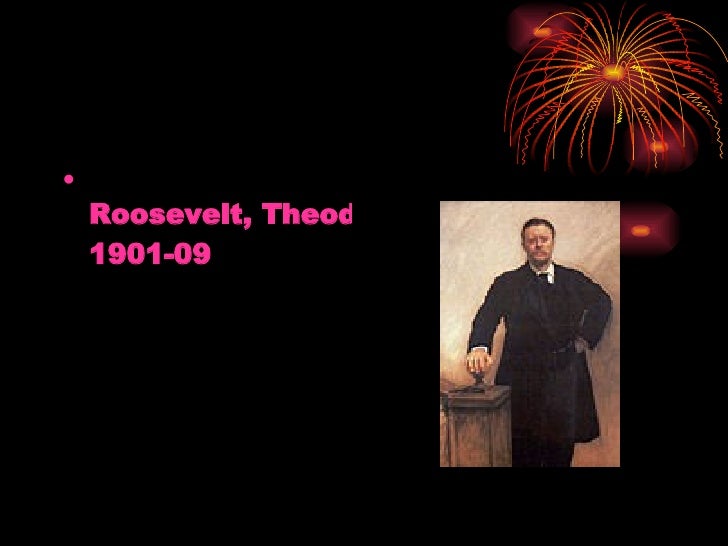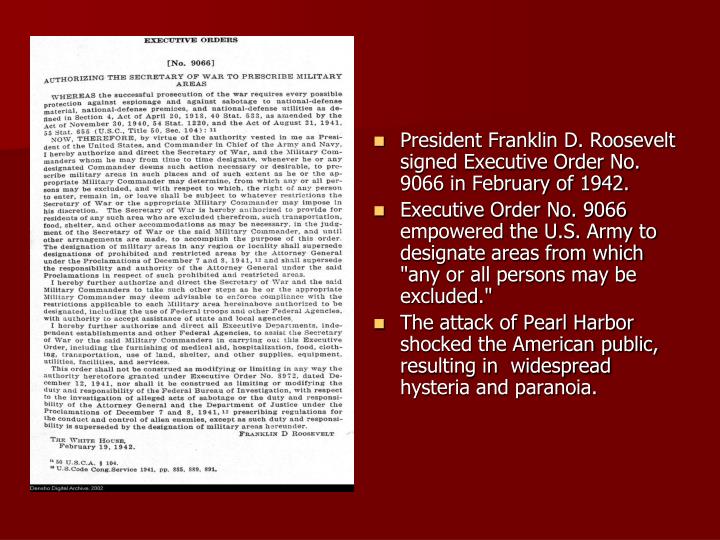

What may seem to be a sign of strength is often more properly understood as independent action undertaken in the wake of a failure to achieve a solution through the legislative process, or an admission that such an effort would prove futile. Moreover, such decisions are subject to court challenge, legislative reversal, or revocation by a successor.


When a president governs alone through direct action, it may break a policy deadlock or establish new grounds for action, but it may also spark opposition that might have been handled differently through negotiation and discussion. Describe how historians and political scientists evaluate the effectiveness of a presidencyĪ president’s powers can be divided into two categories: direct actions the chief executive can take by employing the formal institutional powers of the office and informal powers of persuasion and negotiation essential to working with the legislative branch.Explain how presidents persuade others in the political system to support their initiatives.Analyze how different circumstances influence the way presidents use unilateral authority.Identify the power presidents have to effect change without congressional cooperation.70 Presidential Governance: Direct Presidential Actionīy the end of this section, you will be able to:


 0 kommentar(er)
0 kommentar(er)
